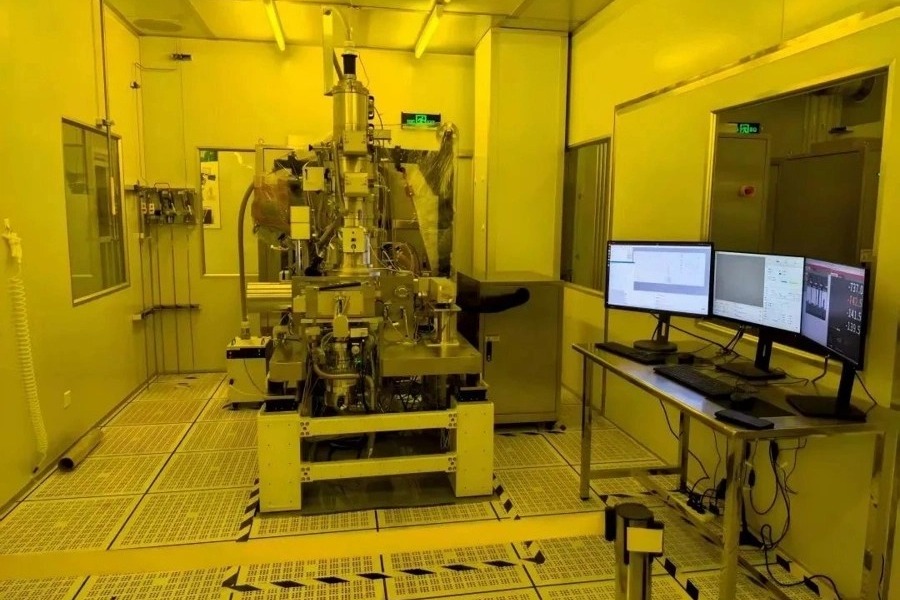Singapore Tech Watch: China's 'Xi Zhi' EBL System - A Quantum Leap for Chip Development?

A Game Changer for Quantum Chip Development?
The world of quantum technology is buzzing with news out of China. Researchers at Zhejiang University have unveiled “Xi Zhi,” China’s first commercially viable electron beam lithography (EBL) system. This isn't just a technological milestone for China; it's a significant development with potential global implications, particularly for the advancement of quantum chip research and development. Let's dive into why this is so important.
What is Electron Beam Lithography (EBL)?
For those unfamiliar, EBL is a crucial process in the fabrication of microchips, especially those requiring extremely high precision. Think of it as a highly sophisticated 'etching' technique, using a focused beam of electrons to define patterns on a silicon wafer. These patterns then become the circuitry of the chip. Traditional photolithography methods are reaching their limits in terms of resolution, making EBL increasingly vital for cutting-edge chip design, particularly in the burgeoning field of quantum computing.
“Xi Zhi”: Bridging the Gap
Previously, China has relied heavily on imported EBL systems, primarily from companies like Carl Zeiss. “Xi Zhi” changes this. Developed by Zhejiang University, this system has successfully passed application testing and is reportedly meeting international precision standards. This represents a major step towards self-sufficiency in a critical technology area. The domestic availability of a high-precision EBL system dramatically reduces costs and lead times for researchers and manufacturers.
Why is this a Big Deal for Quantum Computing?
Quantum chips are notoriously complex and require incredibly precise manufacturing processes. The smaller the features on a quantum chip, the more qubits (quantum bits) it can hold, and the more powerful it becomes. EBL is essential for creating these tiny, intricate structures. With “Xi Zhi,” Chinese researchers have a powerful new tool to accelerate their quantum chip development efforts, potentially narrowing the gap with global leaders in this field.
Looking Ahead: Challenges and Opportunities
While “Xi Zhi” is a remarkable achievement, challenges remain. Scaling up production to meet commercial demand will be key. Further improvements in speed and throughput are also needed to compete effectively with established international players. However, the successful development and application testing of “Xi Zhi” demonstrate China’s growing capabilities in advanced manufacturing and its commitment to becoming a major force in the quantum technology arena. This development will undoubtedly spur further innovation and investment in China's quantum ecosystem.
What does this mean for Singapore? As a regional hub for technology and innovation, Singapore will be closely watching the development of “Xi Zhi” and its impact on the global semiconductor landscape. Opportunities for collaboration and knowledge sharing in areas like advanced manufacturing and quantum computing could emerge.






